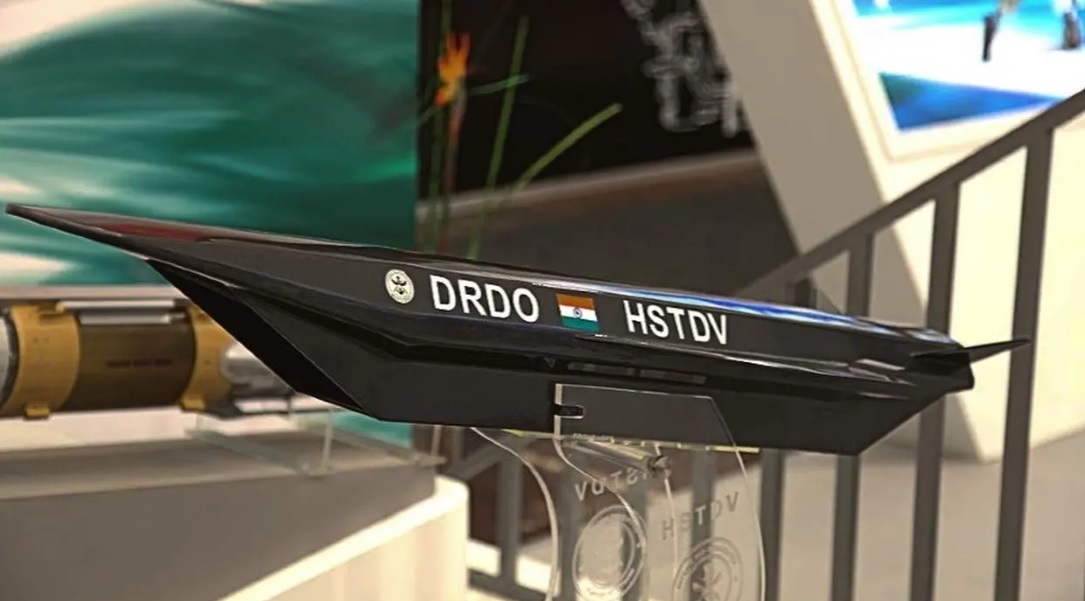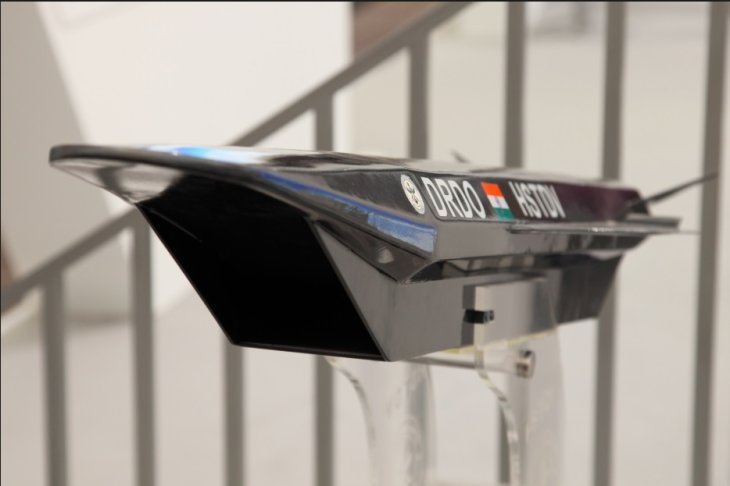India Reportedly Manages To Launch The Hypersonic Cruise Missile HSTDV
Jyotis - Jun 13, 2019

With the hypersonic cruise missile, India is holding a multi-task tech product in its hands. The HSTDV isn’t just used as a futuristic missile but also a low-cost, energy-efficient, and reusable vehicle to launch satellites.
- North Korea Shows Off The World's Biggest Ballistic Missile Of Its Kind, Taking On The US
- India's Nirbhay Cruise Missile Aborted 8 Minutes After Launch
- Russia's Hypersonic Missile 'Avangard' Speeds At Mach 5, Nearly 6,200Kmph
On June 12, India successfully launched the Hypersonic Technology Demonstrator Vehicle (HSTDV for short) from the Odisha coast. The advanced technology has been also applied by many other countries including China, the United States, and Russia.

The HSTDV is an autonomous scramjet aircraft which can fly at Mach 6 and reach the altitude of 32 kilometers within only 20 seconds. In terms of its speed, the cruise missile moves six times as fast as the speed of sound.
With the hypersonic cruise missile, India is holding a multi-task tech product in its hands. The HSTDV isn’t just used as a futuristic missile but also a low-cost, energy-efficient, and reusable vehicle to launch satellites.
According to Dr. Rajeshwari Rajagopalan, an expert on nuclear and space technology at Observer Research Foundation in New Delhi, what makes the HSTDV more outstanding over other kinds of missiles comes from its travel speed.
As mentioned above, both China and Russia have possessed this technology, and therefore, India also hopes to own it as soon as possible. Dr. Rajagopalan said,

The defense ministry stated that the Defence Research and Development Organisation (DRDO) conducted the test flight of the HSTDV from the ITR or Integrated Test Range at 11.27 am.


The ex-DRDO scientist W. Selvamurthy noted that as a “quick reaction missile”, this hypersonic missile was an ideal option for offensive and defensive missions. More particularly, India can use it to deter missiles coming from both the inner atmosphere and the outer atmosphere. Besides, the tech product will contribute to increasing the defense capabilities of ballistic missiles.
On Twitter, the Minister of Petroleum Dharmendra Pradhan posted,

In addition, India has developed a variety of ballistic missiles and cruise missiles to enhance its own security capabilities. Some of these missiles include the anti-tank guided missile Nag, surface-to-air supersonic missile Akash, the Agni missile, and the Prithvi missile. In March 2019, India managed to conduct a test for an anti-satellite missile with the purpose to protect its airspace.
Featured Stories

ICT News - Jul 05, 2025
Windows 11 is Now the Most Popular Desktop OS in the World

ICT News - Jul 02, 2025
All About Florida’s Alligator Alcatraz: A Smart Move for Immigration Control

ICT News - Jun 25, 2025
AI Intimidation Tactics: CEOs Turn Flawed Technology Into Employee Fear Machine

ICT News - Jun 24, 2025
Tesla Robotaxi Finally Hits the Streets: $4.20 Rides That'll Make You Hold Your...

ICT News - Jun 24, 2025
World's First Flying Humanoid Robot Takes Flight

ICT News - Jun 24, 2025
When Closed Source Met Open Source: Bill Gates Finally Meets Linus Torvalds After...

Gadgets - Jun 23, 2025
COLORFUL SMART 900 AI Mini PC: Compact Power for Content Creation

ICT News - Jun 22, 2025
Neuralink Telepathy Chip Enables Quadriplegic Rob Greiner to Control Games with...

ICT News - Jun 20, 2025
Tesla vs Zoox vs Waymo: Who would win?

ICT News - Jun 19, 2025
Comments
Sort by Newest | Popular